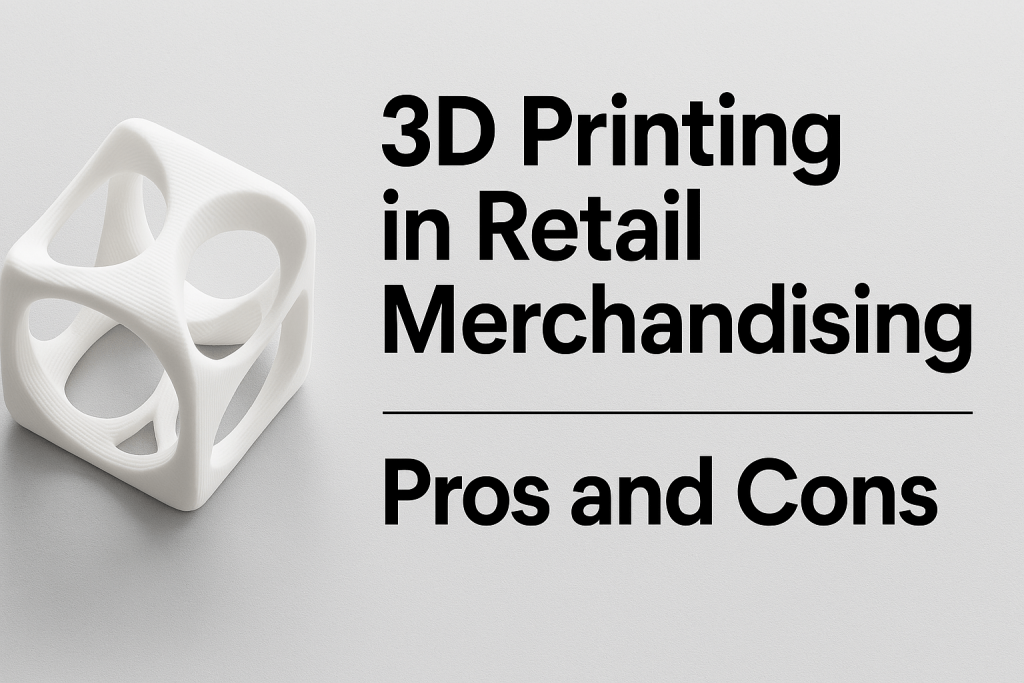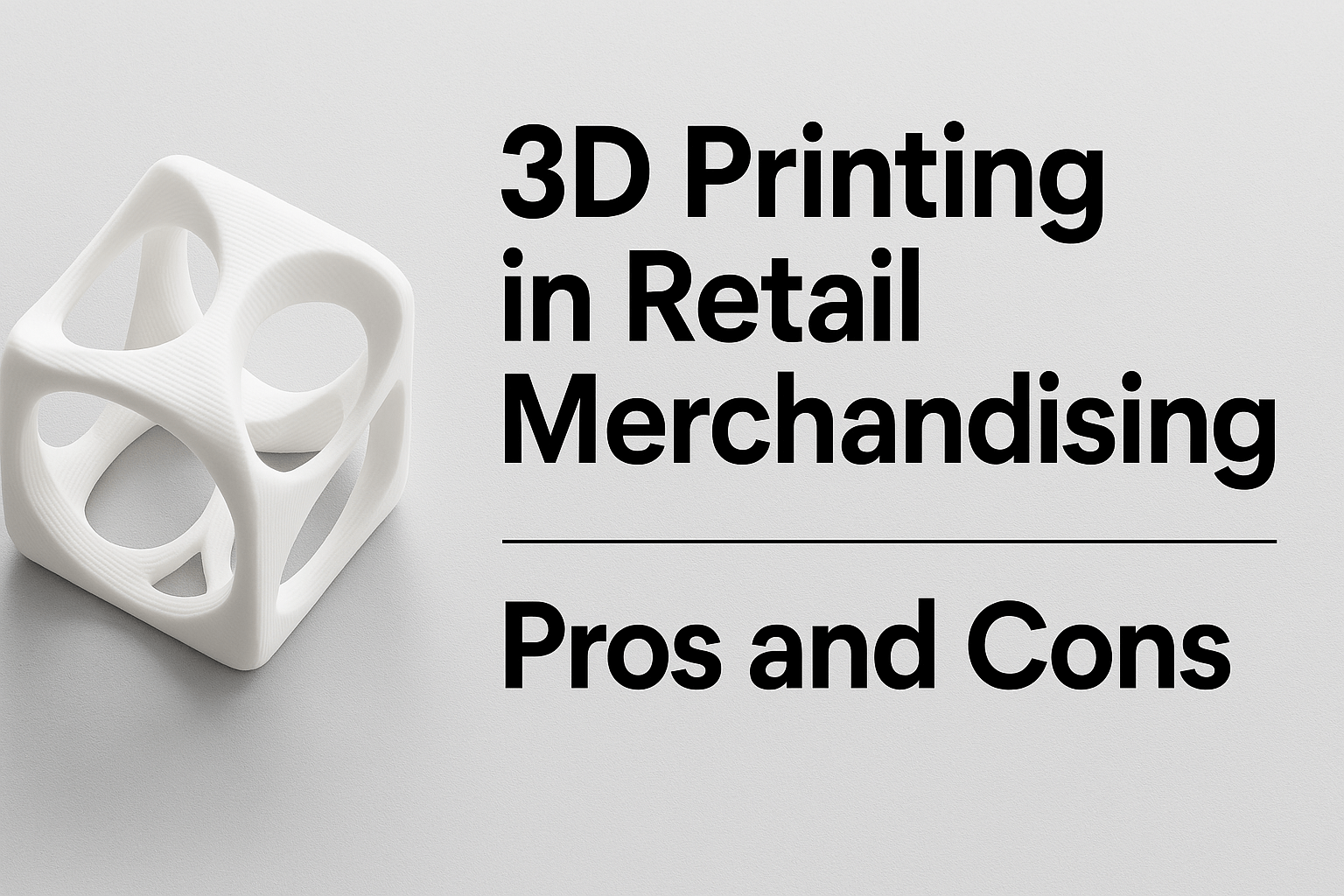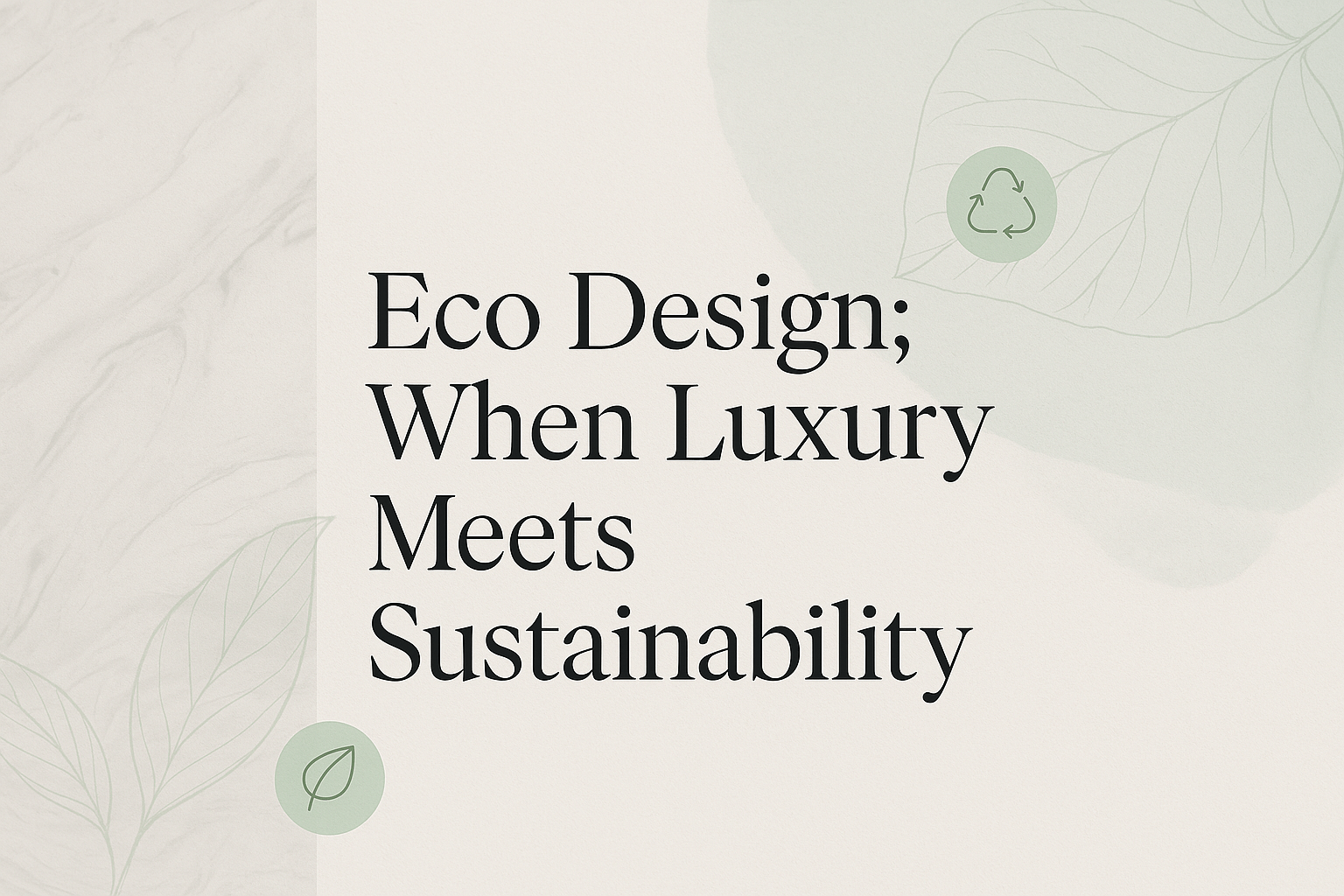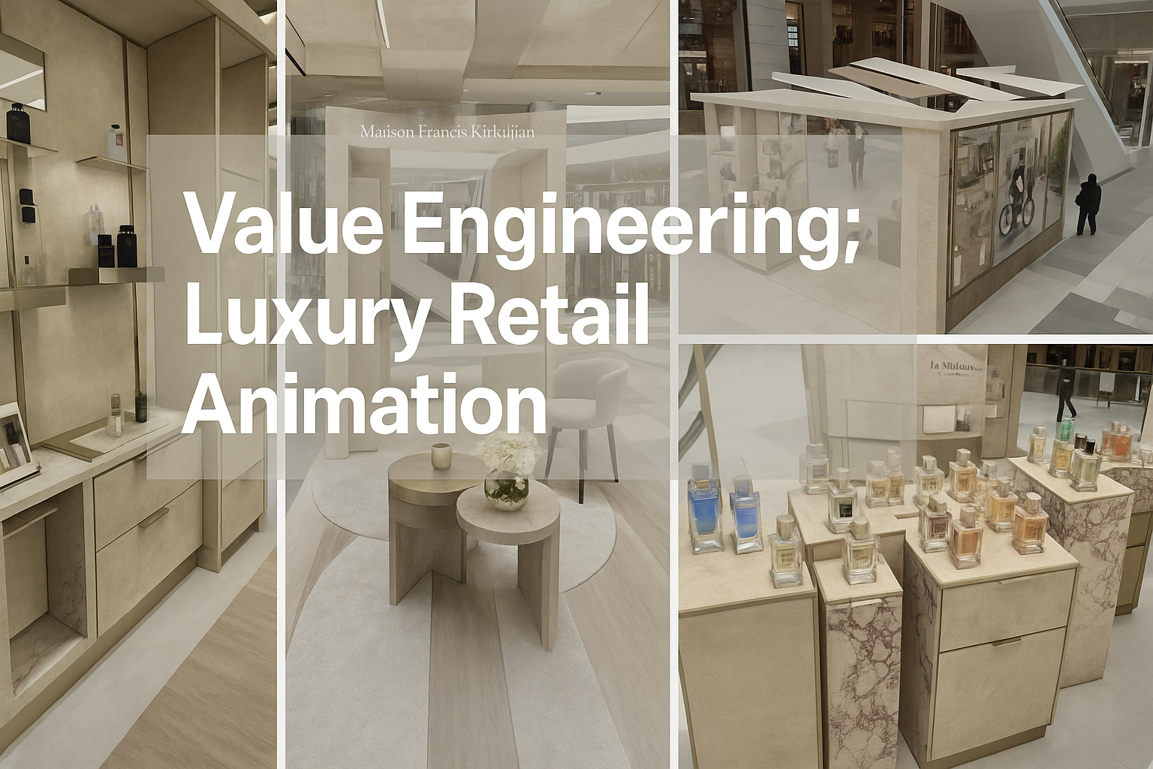In recent years, 3D printing has emerged as a powerful tool across industries—from aerospace to fashion. But what role does it play in the world of retail merchandising, particularly for luxury brands that demand precision, beauty, and a high level of finish?
At WellDone, we’ve integrated 3D printing into select visual merchandising and retail display projects for our fragrance, cosmetics, and fashion clients. And while the benefits are real, the limitations are just as important to consider.
Here’s a clear-eyed look at the pros and cons of 3D printing for retail merchandising, so you can decide where it fits in your next campaign rollout.
✅ Pros of 3D Printing in Retail Merchandising
1. Rapid Prototyping for Faster Decisions
3D printing allows us to create functional prototypes in a matter of hours or days—rather than waiting weeks for traditional mock-ups. This speeds up the decision-making process and helps clients visualize complex ideas early in the design phase.
Example: For a luxury fragrance brand, we created a 3D-printed mini-podium concept within 48 hours, helping their global team align quickly on the final direction.
2. Cost-Effective for Small Batch Production
For limited edition displays or boutique rollouts, 3D printing can eliminate the need for costly molds, CNC machining, or tooling—especially for custom parts, logos, or sculptural features.
Perfect for:
- One-off installations
- In-store art objects or brand mascots
- Intricate forms that are difficult to mill or cast
3. Design Freedom & Geometric Complexity
3D printing unlocks design possibilities that traditional manufacturing often can’t deliver—such as organic forms, intricate patterns, or lightweight lattice structures. This is particularly appealing in luxury where craftsmanship and uniqueness matter.
4. Less Material Waste
Additive manufacturing (printing layer by layer) uses only the material needed, which reduces offcuts and production waste—a plus for eco-conscious brands focused on sustainability.
⚠️ Cons of 3D Printing in Retail Merchandising
1. Finish & Surface Quality Limitations
Most 3D prints require post-processing (sanding, priming, painting) to meet luxury finish standards. Without this, surfaces may appear rough, layered, or too matte—unsuitable for high-end retail environments.
2. Material Constraints
Common 3D printing materials (PLA, ABS, resins) may not offer the durability, translucency, or color depth required for permanent retail fixtures or outdoor installations. High-end materials like metal or ceramic are available but often come with significant cost increases.
3. Slow for Large Quantities
While 3D printing is quick for one-off items, it’s not ideal for mass production. For regional rollouts requiring hundreds of units, traditional methods like injection molding or vacuum forming are faster and more cost-efficient.
4. Equipment & Expertise Required
Achieving high-quality, large-format 3D prints requires specialized printers and skilled technicians. For brands working with agencies or vendors unfamiliar with the medium, there’s a learning curve and potential risk of underwhelming results.
When to Use 3D Printing in Luxury Retail
We recommend 3D printing for:
✅ Prototypes and internal mock-ups
✅ High-detail, sculptural elements
✅ One-off activations and press events
✅ Sustainable design projects with low material waste goals
We recommend traditional fabrication for:
🔁 Large-volume rollouts
🎯 Displays requiring high-gloss, durable finishes
🌞 Outdoor or high-traffic store environments
At WellDone we’ve integrated 3D printing into select visual merchandising and retail display projects for some of our clients. And while the benefits are real, the limitations are just as important to consider.
Here’s a clear-eyed look at the pros and cons of 3D printing for retail merchandising, so you can decide where it fits in your next campaign rollout.
Final Thoughts
3D printing is a game-changer—but it’s not a one-size-fits-all solution. When used strategically, it can enhance creativity, reduce lead times, and add value to your luxury retail merchandising. The key is knowing when (and how) to use it.
At WellDone, we blend craftsmanship and innovation to deliver merchandising solutions that elevate brands—whether printed, machined, or handmade.
Curious how 3D printing could work for your next display?
Let’s explore it together.
👉 +971 (0) 4 341 74 45
👉 admin@w-d.ae












